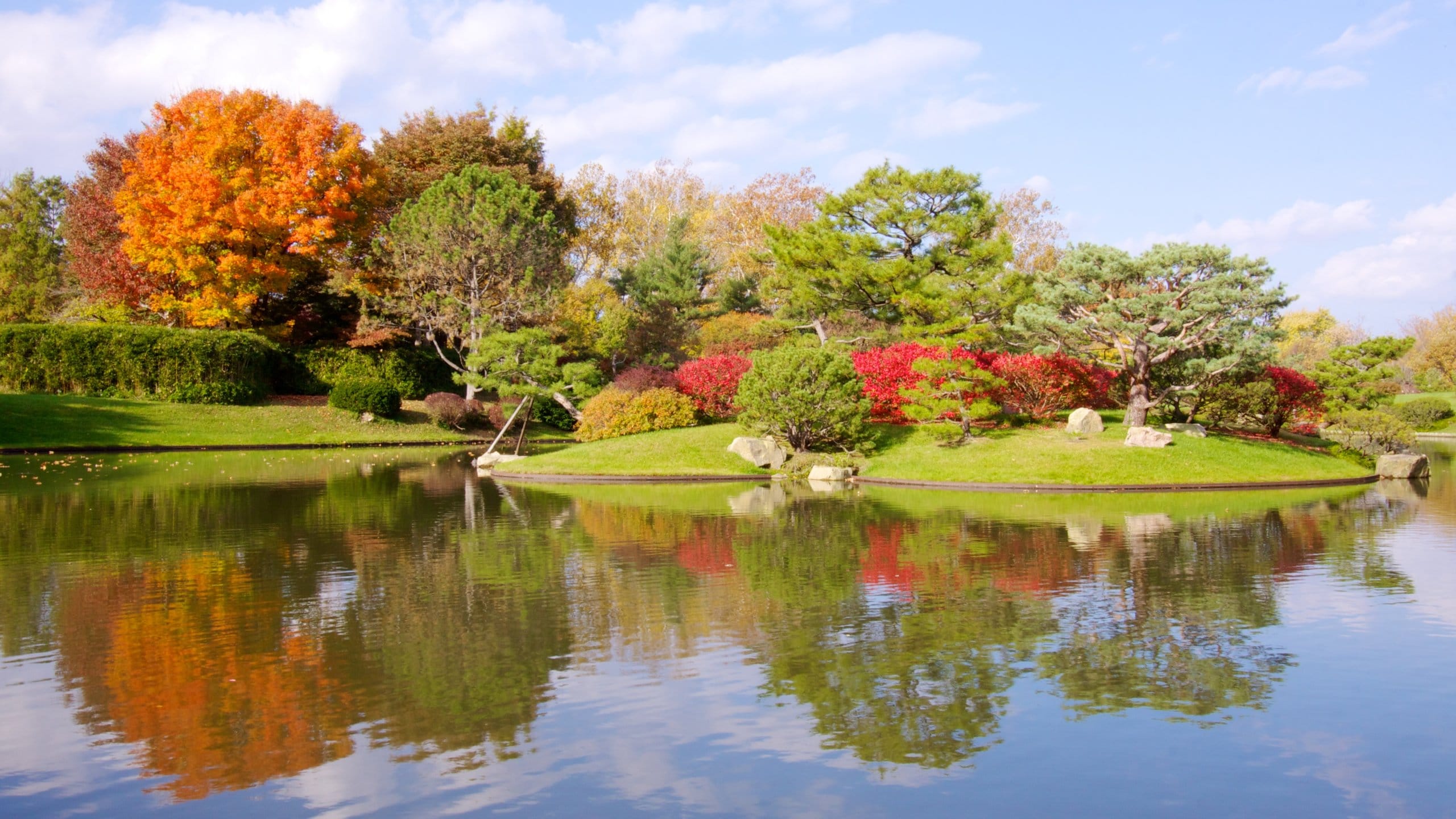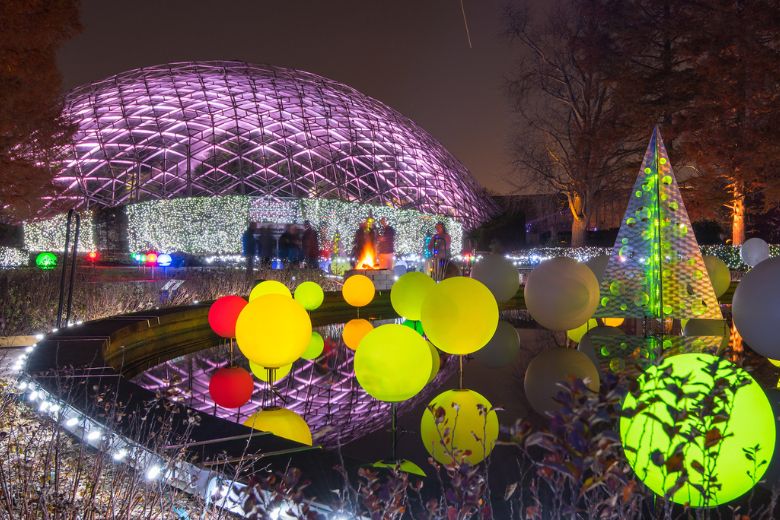Explore the Stunning Missouri Botanical Garden MO and Its Beautiful Landscapes
Explore the Stunning Missouri Botanical Garden MO and Its Beautiful Landscapes
Blog Article
Discover the Secrets Behind Missouri Botanical Garden's Popularity in Shiloh
The Missouri Botanical Yard in Shiloh, renowned for its exceptional elegance and historical relevance, offers a complex tapestry woven from its founding in 1859 by Henry Shaw to its modern role in eco-friendly conservation. Including remarkable plant collections, including the beautiful Japanese Garden and the cutting-edge Climatron ® sunroom, the Yard stands as a testimony to both nature and scientific research. As we explore its complex payments to neighborhood involvement and preservation, one have to consider how these elements collectively boost its reputation as a premier destination for nature lovers. What underlying factors truly elevate its status?
Abundant History of the Yard
What makes the Missouri Arboretum a cornerstone of horticultural background? Developed in 1859 by Henry Shaw, the Missouri Botanical Garden has played a pivotal duty ahead of time agricultural research study and education and learning. Shaw's vision was to create an area where people could involve with nature and expand their understanding of plants, a mission that has withstood for over 160 years.

Throughout its background, the Garden has hosted influential botanists and scientists, helping with innovative studies that have formed the field. It has additionally acted as an instructional hub, supplying programs and resources that influence future generations of horticulturists and ecological stewards. As a National Historic Site, the Missouri Botanical Yard continues to be a sign of gardening excellence and a testimony to the enduring relationship between human beings and the environment.
Unique Plant Collections

In Addition, the Garden is home to an exceptional collection of exotic plants, housed within the Climatron, an innovative geodesic dome that replicates a jungle environment. Below, site visitors can run into uncommon orchids, carnivorous plants, and a range of hands that reflect the abundant biodiversity of tropical ecosystems.
The Garden likewise highlights the conservation of native plant types with its considerable native plant collection, which includes various local plants that support neighborhood wildlife. This commitment to showcasing and securing one-of-a-kind plant types makes sure that the Missouri Botanical Garden stays an essential resource for research and education and learning in herb scientific researches, bring in both lovers and scholars alike.
Ingenious Preservation Efforts
Cutting-edge preservation initiatives at the Missouri Botanical Yard show a proactive approach to environmental stewardship and sustainability. The garden uses cutting-edge methods and research to protect biodiversity and bring back communities. One of the crucial initiatives includes the facility of the Facility for Conservation and Sustainable Development, which focuses on preserving rare and decreasing in numbers plant varieties through seed banking, proliferation, and environment reconstruction.
In addition, the yard teams up with neighborhood and worldwide partners to apply preservation strategies that address environment modification and habitat loss - Missouri Botanical Garden hour. By utilizing sophisticated innovations such as remote noticing and geographical information systems (GIS), the garden is able to monitor plant populations and evaluate eco-friendly integrity
Additionally, the Missouri Botanical Garden actively joins ex-situ conservation programs, which involve growing threatened varieties in controlled atmospheres to ensure their survival. These efforts are enhanced by comprehensive public education campaigns to increase understanding concerning the importance of plant preservation.
With these ingenious techniques, the Missouri Arboretum not just safeguards its special plant collections but additionally plays a crucial duty in fostering an extra lasting future for global biodiversity (Missouri Botanical Garden hour). Such initiatives exhibit the yard's dedication to leading in preservation scientific research and method
Community Involvement Programs
Area interaction programs at the Missouri Arboretum work as a crucial web link in between the establishment and the general public, fostering a much deeper recognition for plant preservation and ecological sustainability. These campaigns aim to connect varied communities with academic workshops, volunteer chances, and outreach events, ensuring that people of any ages and backgrounds can take part look at more info in the garden's goal.
One notable program is the "Garden in the Community," which brings gardening education and learning straight to local communities. This effort not just gives hands-on horticulture experience yet also promotes the significance of biodiversity and local ecological communities. Additionally, the garden offers customized programs for colleges, involving students with interactive educational programs that line up with educational criteria while stressing the significance of ecological stewardship.
Additionally, the Missouri Arboretum proactively collaborates with neighborhood companies to host public events such as plant sales, festivals, and instructional workshops. These events offer to develop a sense of neighborhood while highlighting the yard's duty in conservation initiatives. By fostering these links, the garden not only improves neighborhood interaction but also cultivates a shared commitment to maintaining our natural heritage for future generations.
Visitor Experiences and Attractions
Visitor experiences at the Missouri Arboretum are attentively designed to involve and inspire people of every ages. The garden includes a diverse range of destinations, consisting of thoroughly curated plant collections, themed gardens, and seasonal displays that highlight the appeal of nature throughout the year.
Among the standout functions is the Climatron ® sunroom, which houses a tropical jungle setting, allowing visitors to immerse themselves in a lush community loaded with exotic plants and lively wildlife. Furthermore, the Japanese Yard offers a tranquil escape, showcasing conventional landscaping, koi fish ponds, and relaxing pathways that welcome consideration.
Educational programs and directed tours enrich the site visitor experience, offering insights right into gardening, preservation, and sustainability. Families can also appreciate interactive exhibits at the Butterflies and Blooms structure, where they can observe butterflies up close in a regulated habitat.
Unique occasions, such as seasonal celebrations and art setups, better enhance the yard's allure, reeling in site visitors from throughout the region (Missouri Botanical Garden hour). Ultimately, the Missouri Arboretum stands as a testimony to the charm of nature and the significance of preservation, making it a treasured location for all that seek inspiration
Verdict
The Missouri Botanical Yard in Shiloh stands as a testimony to the intertwined legacy of gardening quality and conservation. Its abundant background, highlighted by special plant collections such as the Japanese Yard and Climatron ® sunroom, underscores its importance as a National Historic Landmark. Through cutting-edge preservation initiatives and area engagement programs, the yard fosters a much deeper connection with nature, ensuring its duty as a treasured destination for visitors looking for serenity and ideas in the natural globe.
Please visit one of our local supporters - Axis Spine And Orthopedics Center
Report this page